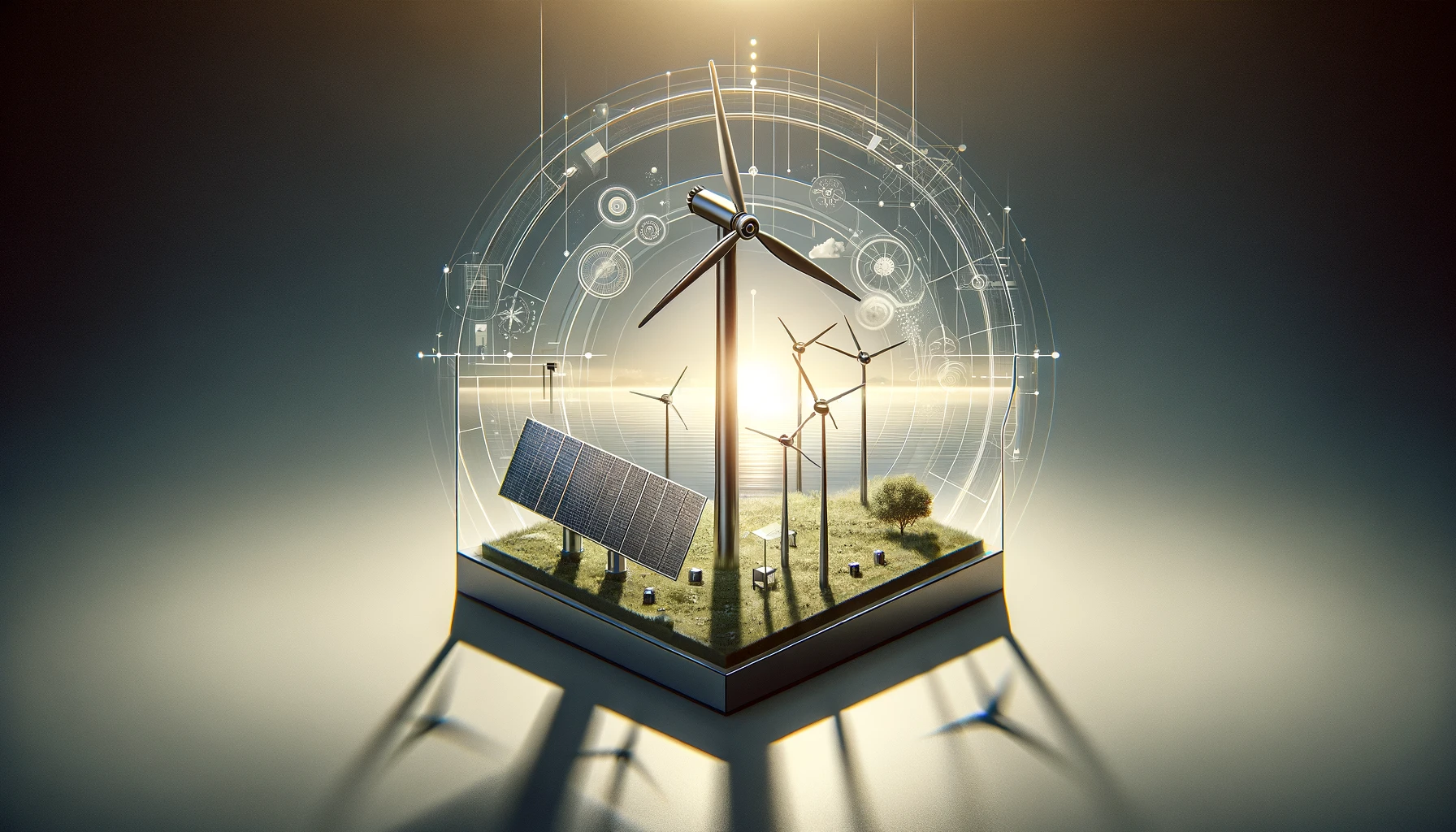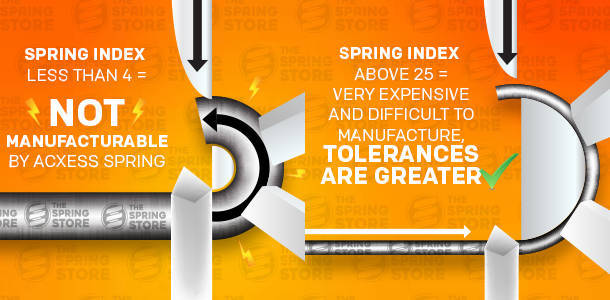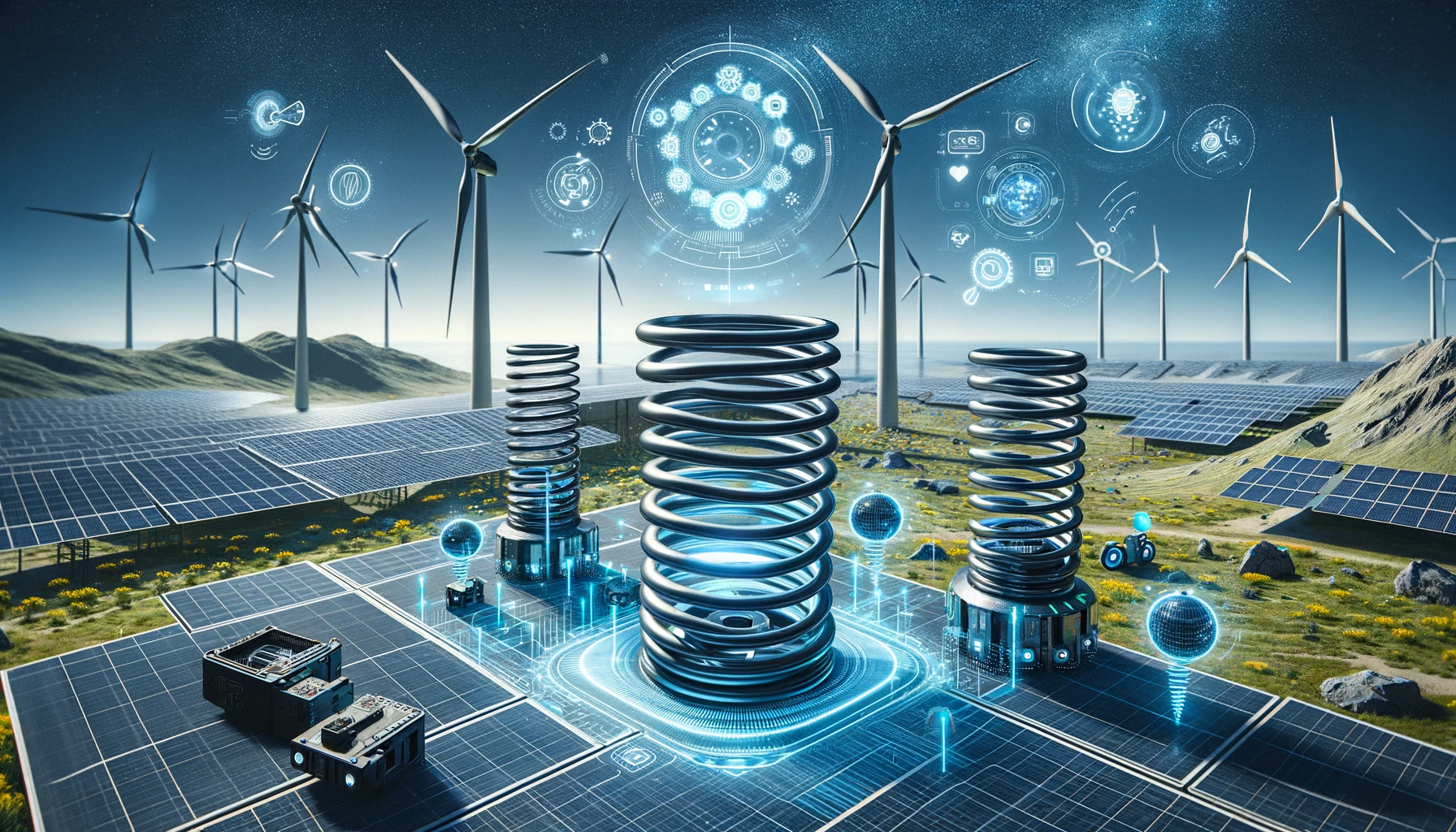The Influence of Coil Spring Technology on Renewable Energy Equipment Efficiency
The Influence of Coil Spring Technology on Renewable Energy Equipment Efficiency
Introduction:
The integration of coil spring technology in renewable energy systems represents a subtle yet transformative advancement in the pursuit of global sustainability goals. As the world increasingly turns to renewable energy sources like wind, solar, and hydropower to combat climate change, the efficiency and reliability of this equipment have never been more critical. Coil springs, though small and often overlooked, play a crucial role in this equation. Their development and optimization can lead to significant improvements in renewable energy system performance, directly impacting the effectiveness and longevity of these green technologies.
Historical Background
The inception of coil springs can be traced back to the 15th century, initially used in timepieces to store mechanical energy. Over the centuries, they have evolved from simple metal coils to complex precision components, finding applications in virtually every mechanical system, including vehicles, machinery, and now, renewable energy technologies. This historical journey reflects continuous improvements in materials, design, and manufacturing processes, driven by the ever-increasing demands of various industries for better performance and reliability. In the renewable energy sector, coil springs have adapted to meet unique challenges, signifying their pivotal role in the evolution of sustainable technologies.
Role of Coil Springs in Renewable Energy Systems
In the context of renewable energy, coil springs serve multiple purposes across different technologies. For example, in wind turbines, they are essential for the pitch control mechanism that adjusts the angle of the blades to capture maximum wind energy efficiently. In solar tracking systems, springs are used to maintain tension and facilitate precise movement, ensuring that solar panels remain optimally aligned with the sun throughout the day. Each application demands springs that can withstand environmental stresses while maintaining performance, highlighting their critical role in the overall efficiency of renewable energy systems.


Example: In the Mojave Desert, solar tracking systems equipped with durable, precision-engineered coil springs have shown significantly higher energy capture rates compared to fixed-position panels, underlining the importance of reliable spring mechanisms in maximizing solar energy production.
Advancements and Innovations
The renewable energy sector's growth has spurred significant advancements in coil spring technology. Innovations include the development of lighter, more resilient materials and the introduction of novel design principles that enhance energy efficiency and reduce wear and tear. Additionally, surface treatments and coatings have been developed to protect springs from harsh environmental conditions, such as saltwater corrosion in offshore wind farms or extreme temperatures in solar power installations. These technological advancements not only extend the lifespan of renewable energy equipment but also reduce maintenance needs, contributing to greater overall system efficiency and lower operating costs.
Case Study: An offshore wind farm off the coast of Scotland utilized advanced, corrosion-resistant coil springs in its turbine yaw and pitch mechanisms. These springs, designed to withstand harsh marine conditions, contributed to a noticeable increase in turbine uptime and energy production, showcasing the direct impact of advanced spring technology on renewable energy efficiency.
Design Challenges and Solutions
Designing coil springs for renewable energy applications involves unique challenges. These include ensuring long-term durability under fluctuating loads, optimizing designs for minimal energy loss, and selecting materials that can endure harsh environmental conditions without degradation. By designing a compression spring with a spring index of 9 to 1 assuring an optimal spring outer diameter index for long use and high repeatability. By addressing these challenges with a holistic approach that combines advanced materials, precision engineering, and rigorous spring testing. Utilizing Acxess Spring's comprehensive spring design testing tools, such as their Spring Creator 5.0 Tool which gives you 3D CAD, 3D Blueprints and Online Spring Force Testers, engineers can simulate various operational scenarios, optimize spring design characteristics for specific applications, and ensure that the final products meet stringent performance criteria essential for renewable energy technologies.


Impact on Efficiency and Sustainability
The optimization of coil springs within renewable energy systems plays a significant role in enhancing operational efficiency and sustainability. Improved spring designs contribute to smoother, more reliable operations, reducing the risk of downtime and ensuring consistent energy production. This reliability is particularly crucial in remote or harsh environments where maintenance is challenging and costly. By increasing the efficiency and lifespan of renewable energy equipment, optimally designed coil springs help lower the cost of renewable energy, making it a more competitive and attractive option for power generation.
Future Directions and Potential
Looking forward, the potential for coil spring technology in renewable energy is vast and varied. Innovations such as smart materials that can adapt to changing environmental conditions or integrated sensors for real-time performance monitoring could revolutionize how coil springs contribute to renewable energy systems. Additionally, ongoing research into spring load and spring rate design help end users get more efficient spring designs than with traditional spring software. Optimal spring designs in the sense that the spring is designed to have a variety of Super Factors like: lighter weight, increased force, more travel and better force. Our Spring Design Calculator is at the forefront of spring design and will likely yield new spring designs that are not only more efficient and durable but also more eco-friendly. As the renewable energy sector continues to expand, the role of advanced coil spring technology will undoubtedly grow, driving further improvements in system efficiency and contributing to the global transition towards sustainable energy solutions.


Conclusion
Coil spring technology, though a small component in the grand scheme of renewable energy systems, significantly influences the efficiency and reliability of wind turbines, solar trackers, and other renewable energy equipment. Through historical evolution, technological advancements in spring design software, and continuous innovation, coil springs have become an indispensable part of the renewable energy landscape. As the world moves towards a more sustainable future, the role of optimized coil springs in enhancing the performance and longevity of renewable energy systems cannot be understated. Equipped with cutting-edge design and testing capabilities, such as those provided by Acxess Spring, engineers and manufacturers are well-positioned to push the boundaries of what's possible in renewable energy technology, making a tangible impact on global energy sustainability.





